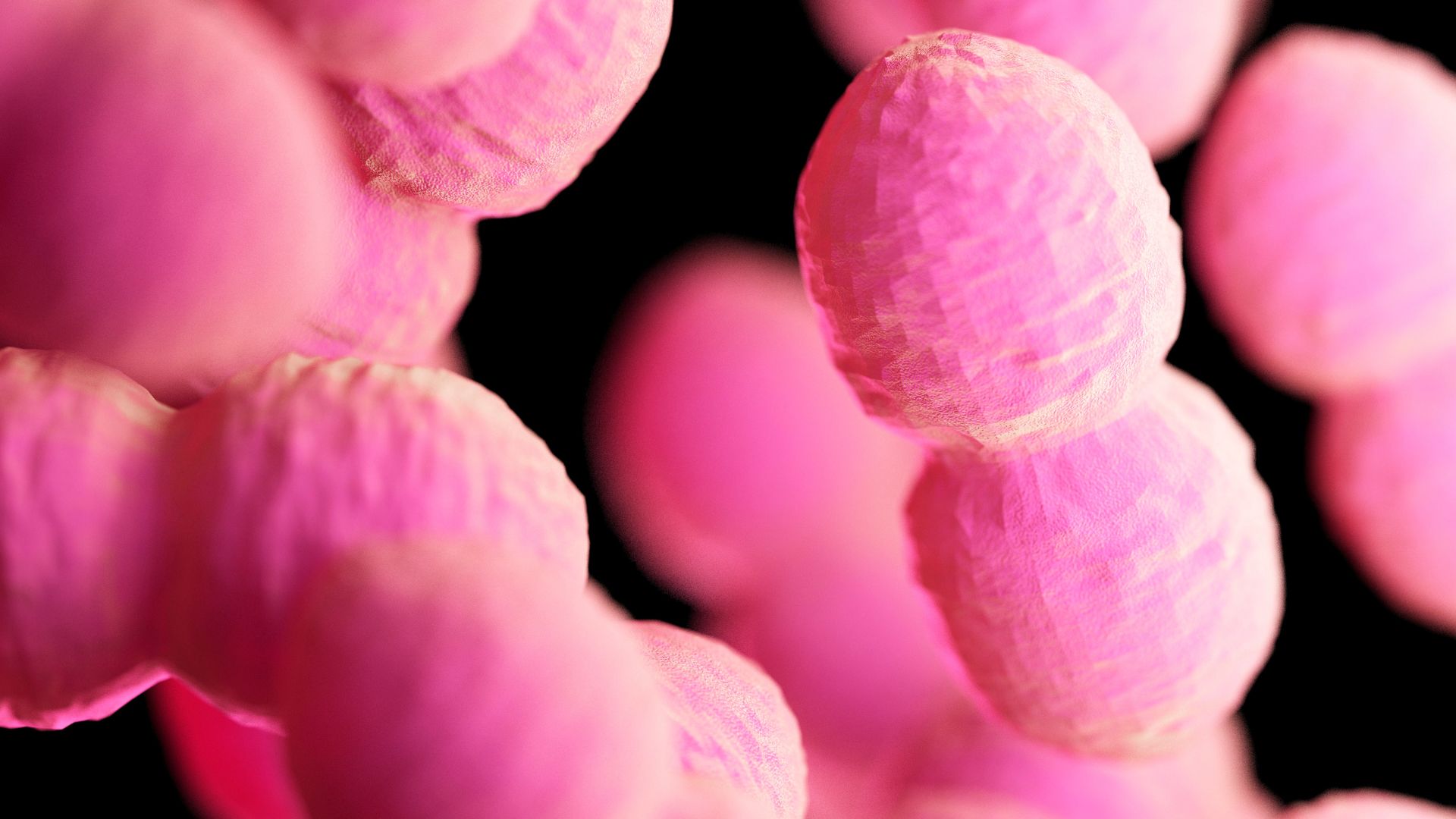
The spread of drug-resistant "superbugs" — including bacteria that have evolved to thwart even the most potent antibiotics — represents an ever-growing threat to public health. Now, scientists have invented a new type of antibiotic that can take down these germs by rapidly rearranging its atoms and thus changing its shape.
The researchers described the first of these shape-shifting antibiotics in a paper published April 3 in the journal Proceedings of the National Academy of Sciences. So far, they've tested the shape-shifter in wax moth (Galleria mellonella) larvae, a common animal model used to test antibiotics' effectiveness, but they've yet to give the drug to humans or other mammals.
To make the new antibiotic, the researchers used "click chemistry" — highly efficient chemical reactions that can quickly and reliably "click" different chemical building blocks together, like the two halves of a seat-belt buckle. The study's senior author, John Moses, a professor at Cold Spring Harbor Laboratory (CSHL) in New York, studied these ultrafast reactions under the guidance of K. Barry Sharpless, who earned one of his two Nobel Prizes for his role in the development of click chemistry.
"Click chemistry allows us to discover functional molecules quickly," Moses told Live Science in an email.
The team's new antibiotic essentially clicks together an existing antibiotic called vancomycin with a molecule called bullvalene, whose atoms can easily swap positions and thus arrange themselves in more than a million possible configurations, according to a CSHL statement. This atom-juggling molecule served as the perfect core for the team's new antibiotic. Two vancomycin "warheads" are attached to this shape-shifting core, with one on each end.
Related: New discovery could help take down drug-resistant bacteria
Vancomycin is a potent antibiotic used to treat serious "gram-positive" bacterial infections, meaning those caused by bacteria with a specific type of cell wall. To kill these germs, the drug binds to the bacterial cell wall and weakens it, causing the contents of the cell to leak out and the germ to die.
Unfortunately, various bacteria have developed resistance to vancomycin. These resistant germs include vancomycin-resistant enterococci (VRE), which in the U.S. caused an estimated 54,500 infections among hospitalized patients and 5,400 estimated deaths in 2017, according to the Centers for Disease Control and Prevention.
In the new study, when the wax moth larvae were given no treatment, about 90% died within a week of being infected with VRE. When they were given a standard dose of vancomycin, the moths' one-week survival rate went from 10% to 40%. But when they were given the new shape-shifting drug, their survival rate jumped to 70%. For context, about 70% of healthy larvae given either drug survived to the seventh day. (Note that these moth larva studies reflect only the drugs' effectiveness in these organisms, not how safe or effective they would be in humans.)
Compared with normal vancomycin, the shape-shifting drug may have had more tools at its disposal to kill the bacteria, the team reported. "We found that our shapeshifting compounds may have a new mode of action involving interaction with a key enzyme called MurJ," Moses said. This enzyme transports building materials from inside the cell to the cell wall, which helps the bacteria to multiply. "This needs much more investigation to uncover the whole picture, but it is certainly an interesting observation," he said.
And notably, according to the team's analyses, the shape-shifting antibiotic didn't drive the VRE to become resistant to the drug — normally, exposure to an antibiotic pushes bacteria to pick up new resistance strategies, to enhance its survival. The team theorizes that, by frequently changing shape, the drug can find the optimal configuration to bind to the bacterial cell wall and thus trigger the most lethal effects without giving the bacteria a clear escape route by which to avoid the attack. But that's a hypothesis, for now.
"We currently do not know" exactly how the new antibiotic overcomes resistance, Moses said. "But one thing is for sure," he added, "bacteria have not encountered shapeshifting drugs like these before, so that will create some level of chaos in the system."
"This is an early-stage study, and we will be in for many surprises along the way" as we continue to study and develop the drug, Moses concluded.







